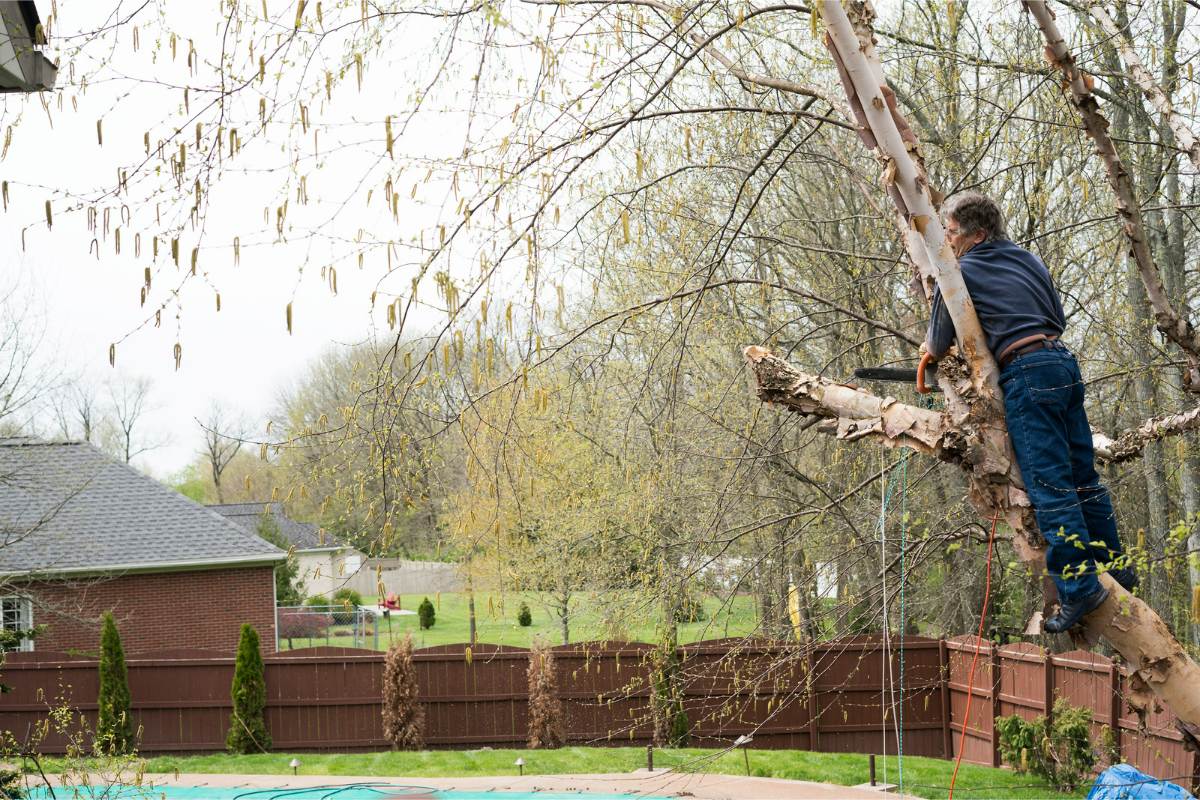During severe storms, wind gusts can impact your roof directly by ripping off roof tiles, shingles, and the roof deck. The gutters may also be pulled from your roof’s side, resulting in more damage to close areas. Strong winds may cause flying objects, tree limbs, and other debris to land on your roof. Storms accompanied by heavy rains cause excess wear and tear on your roof, making it age quicker.
Missing shingles, shingle damage, noticeable granule debris, crooked chimney, attic or ceiling leaks, ice dam formations, fascia, soffit, flashing, and gutter damage are signs of roof storm damage. This article outlines five ways to protect your roof from storm damage.
1. Organize regular, professional roof inspections
Roof damage is not always apparent, so you may not notice it from afar or if you aren’t an expert. A professional roofer has the training, skills, and experience to identify roof damage signs you might miss. During a roof inspection, roofers look for damaged, corroded, or dented roofing materials, plus missing ones.
Once the inspection concludes, you’re issued a comprehensive findings report explaining any damage found. This report, especially after roof storm damage, helps roofers determine all roof areas requiring repairs or replacements.
2. Stick to a regular maintenance routine
Routinely inspecting and maintaining your roof lets you spot and repair minor problems before developing into major issues that may need costly repairs and replacements. Developing a regular maintenance routine, sticking to it, and handling repairs immediately ensures your roof is always in pristine condition, protecting it from natural disasters like storm damage. This extends your roof’s life, provides better insulation, and lowers energy loss, reducing energy bills.
3. Ensure your insurance policy covers roof damage
If you live in storm-prone areas, ensure your homeowner’s insurance policy covers roof damage. Extensive damage might occur if your roof isn’t protected before the storm hits, requiring immediate, expensive repairs. Even if you safeguard your roof, the unexpected could happen, causing storm roof damage. Ensuring that your insurance policy covers roof damage costs gives you peace of mind and relieves the associated costs.
4. Cover your roof with protective material
Covering your roof with protective materials such as plywood before a storm shields your roof tiles, shingles, and the entire roof from damage. Ensuring that the plywood is treated with water-resistant products averts secondary water damage.
Professional roofing experts can respond to all the roofing protective material queries and advise you on the best possible options. A certified roofer may also recommend wind-resistant roofing products such as high-wind shingles.
5. Trim surrounding trees and branches

Start by inspecting the trees around your home to ensure they’re secure. Severe winds can make trees and branches blow over your roof, creating a massive danger potential.
Trees may cause extensive damage to your roof and overall home structure. Cut off large trees in your yard if you’re worried they might fall onto your roof during a storm, and trim the branches over your roof.
Endnote
Storms can rip off your shingles, roof deck, and tiles, causing water leaks, mold, and mildew growth. Use these tips to protect your roof from storm damage.











